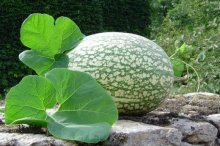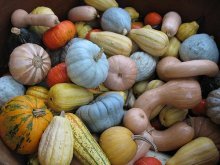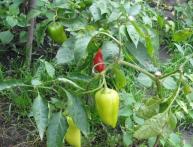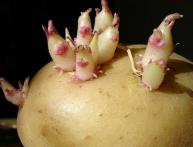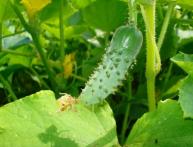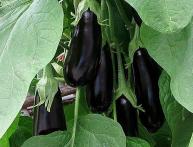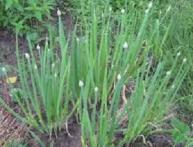Figolifolia pumpkin: a new vegetable in the garden
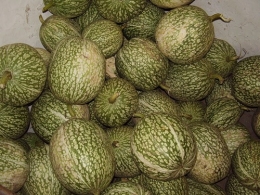
Pumpkin is not a new vegetable in our gardens. Only the botanical genus Pumpkin includes several species. Classically, ordinary or hard-barked pumpkin, as well as large-fruited pumpkin, grow in garden plots. Recently, butternut squash has been grown frequently. Luffa pumpkin is grown in the Caucasus and other areas with warm climates. We know it as a natural washcloth.
Figolifolia pumpkin is another representative of the botanical genus Pumpkin. Its origin has not been fully established. It is believed that she comes from Peru, Mexico, Argentina. This is confirmed by the fact that it is very actively grown in Latin America. Although it has taken root in China, as well as in the CIS countries, where it is still a new vegetable plant.
Content:
- Description of the plant - pumpkin
- How to grow fig pumpkin
- Beneficial properties of pumpkin
- What to cook from figoleaf pumpkin
Description of the plant - pumpkin
In culture, figoleaf pumpkin (or black-seeded pumpkin, or ficyfalia) - annual plant, but in general, in nature it is perennial.
Let's take a closer look at the black seed pumpkin:
- Stems. Pumpkin is a vine, it has rough and hard stems that can reach a length of 20-25 meters, pentagonal.
- The leaves of this pumpkin are very reminiscent of fig leaves, which is why this type of pumpkin was named so, only they are much larger in size.
- Ficifalia flowers are orange or yellow, in outline like any plant in the pumpkin family.
- The fruits are oval elongated, their color is light green or white, with dark green spots, like some varieties of watermelon. Their flesh is white; in young pumpkins it is very juicy and sweet. The rind of the fruit is thin, but very durable. The average weight of a pumpkin is 2-5 kg, but there are specimens up to 20 kg. The fruits can last up to 3-4 years!
- Seeds, unlike other types of pumpkins, this one is black, similar to watermelon, only two to three times larger.
How to grow fig pumpkin
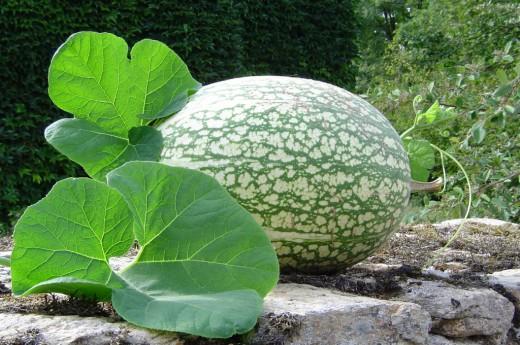
The agricultural technology of this type of pumpkin is no different from the technology of growing other types of pumpkin that are more familiar to us. The only thing is that the fruits of figoleaf pumpkin ripen late, so it is advisable to grow it through seedlings.
In mid-latitudes (Ukraine, central Russia), seeds are sown in the soil towards the end of April - early May, when frosts have passed. Seedlings grown as seedlings are planted in open ground a little later.
Landing place For figoleaf pumpkins, choose light. The soil must be well fertilized and fertile. Since the plant is a climbing plant, it will be great if there is a support or something else near the place where it is planted, on which the plant can then climb. This way it will be convenient for her and the neighboring plants, which will not be shaded and suppressed by the powerful vines of the pumpkin.
Fully ripe fruits of the figleaf pumpkin are harvested in the fall, after the first frost, when the leaves disappear. Young fruits are collected as needed. This type of pumpkin is also interesting because other pumpkin crops, such as watermelon, etc., can be grafted onto these plants.
At the same time, black seed pumpkin retains its varieties well, without pollinating with other types of pumpkins or other pumpkin plants. Ficifalia pumpkin is very rarely affected by any diseases.
Beneficial properties of pumpkin
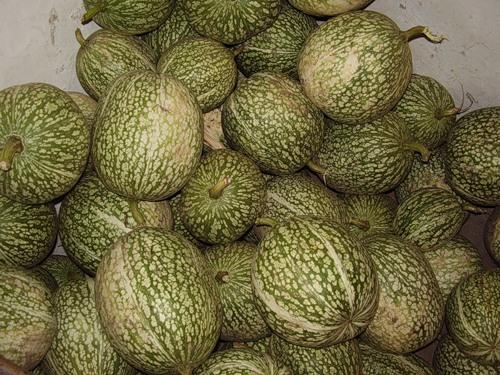
- Fruit. They improve the functioning of the digestive tract and are useful for diabetes. They contain a lot of B vitamins. They are also used for diseases such as rheumatoid arthritis (not to be confused with rheumatoid arthritis!), systemic diseases (rheumatism, lupus), skin diseases (psoriasis and others, in particular accompanied by itching), as well as burns and for wound healing. The fruits of ficifalia contribute normalization of metabolism, therefore indicated for obesity and gout.
- Leaves. They contain nutrients such as calcium, as well as sodium, iron and phosphorus. The calcium content is quite high.
- The seeds (raised seeds) are a source of B vitamins. Like other types of pumpkin, they have an anthelmintic effect. They can also cause miscarriage, so they are contraindicated during pregnancy.
What to cook from figoleaf pumpkin
Young and mature pumpkin fruits, as well as roots, young shoots, etc. are used as food for figleaf pumpkin:
- Young, unripe fruits are pleasant to the taste. They can be used like zucchini: fried, stewed, and also pickled, salted, poured with syrup, covered with sugar and also put in salads (together with carrots, cucumbers, cabbage, tomatoes; all ingredients are grated, added salt and seasoned with sour cream).
- Ripe fruits can be used to make caviar.
- The seeds are edible, like those of a regular pumpkin.
- Young shoots, as well as flowers and leaves are used as green vegetables.
We introduced you to another, still exotic type of pumpkin. It has its own characteristics and unique taste. Plant it, cook delicious dishes from the figleaf pumpkin and be happy and healthy!
The subtleties of growing pumpkins on video:
Interesting information about the vegetable garden

